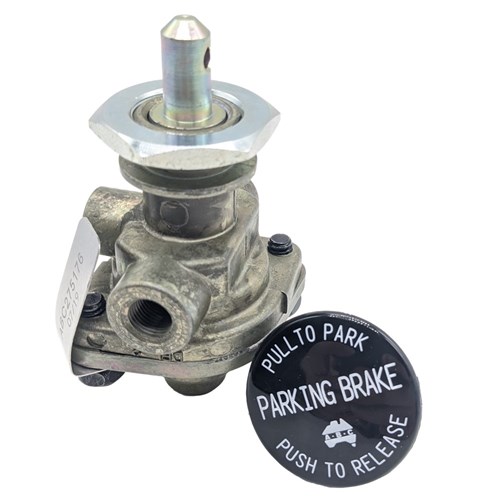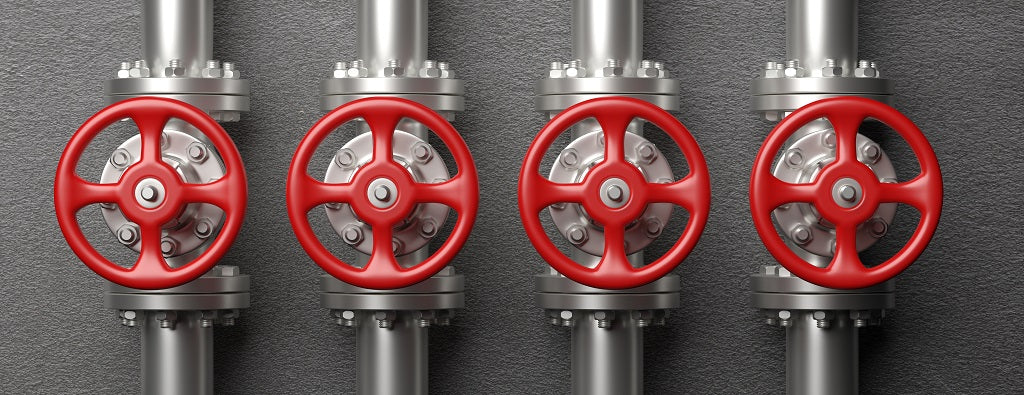The Duty of Control Valves in Liquid Flow Management Solution
The Duty of Control Valves in Liquid Flow Management Solution
Blog Article
Achieve Seamless Assimilation and Control With Quality Structure Automation Controls
In the world of contemporary structure management, the significance of high quality structure automation controls can not be overstated. As technology proceeds to advance, the assimilation and control of various systems within a structure have actually advanced to be much more reliable and sophisticated. The smooth operation and tracking of lighting, HEATING AND COOLING, security, and other structure functions have actually ended up being paramount for enhancing owner comfort, energy performance, and overall operational efficiency. However, the trip in the direction of achieving real integration and control is a diverse one, with factors to consider varying from system compatibility to cybersecurity. Accepting quality building automation controls is not merely a matter of convenience but a tactical vital for organizations aiming to enhance their facilities' performance and sustainability.

Advancement of Structure Automation Controls
Throughout the previous few decades, the evolution of constructing automation controls has actually significantly transformed the means buildings are managed and operated. Building automation systems primarily concentrated on standard functions such as controlling air, home heating, and air flow conditioning (COOLING AND HEATING) systems. Nonetheless, as technology progressed, these controls have ended up being more advanced, enabling for a wider series of building systems to be incorporated and handled centrally.
The evolution of building automation controls has actually seen a shift towards more smart systems that can adjust to changing conditions in real-time. This flexibility is vital for optimizing energy effectiveness and ensuring passenger convenience. Furthermore, modern-day structure automation controls currently offer functions such as predictive upkeep, remote surveillance, and information analytics, enabling facility managers to make data-driven decisions to enhance structure efficiency.

Benefits of High Quality Assimilation
The advancement in structure automation regulates towards more smart systems has actually highlighted the significant advantages of top quality combination in optimizing structure operations and improving general efficiency. This central control likewise offers far better exposure and insights right into building efficiency, enabling aggressive upkeep and optimization techniques. Generally, the advantages of high quality integration in building automation controls are indisputable, supplying boosted efficiency, convenience, and operational effectiveness.
Improved Customer Experience and Access
Enhancing individual communication with building automation manages via user-friendly design and boosted ease of access boosts the overall experience for owners and facility managers alike. By concentrating on user experience, developing automation additional info systems can come to be more effective and straightforward. Intuitive user interfaces, clear navigation, and customizable settings encourage users to engage with the controls easily and successfully.
Accessibility attributes play a crucial function in ensuring that all individuals, including those with specials needs, can use the structure automation manages with convenience. Incorporating features such as voice commands, tactile buttons, and color-contrasted displays can enhance ease of access and make the controls extra comprehensive.
Moreover, boosted customer experience brings about greater user fulfillment, raised performance, and far better decision-making. Owners can readjust ecological setups according to their choices, while facility managers can effectively keep an eye on and take care of building systems - control valves. Generally, focusing on user experience and availability in structure automation regulates adds to a more effective and smooth building environment for all stakeholders involved
Sustainable Practices Through Automation

Moreover, automation can promote the assimilation of renewable energy resources such as solar panels or wind turbines right into structure operations. Via automation, buildings can line up with modern sustainability goals and add to a greener future.
Future Trends in Structure Control Equipment
In expectancy of progressing innovations and developing sustainability techniques, the trajectory of building control systems is positioned to accept transformative techniques and innovative solutions. One noticeable pattern forming the future of structure control systems is the enhanced assimilation of Artificial Intelligence (AI) and equipment discovering. These innovations make it possible for buildings to adjust in real-time to altering problems, optimizing energy intake and enhancing convenience for occupants. Furthermore, the Net of Things (IoT) is changing building control systems by linking tools and sensors to improve procedures and improve performance.
An additional vital fad is the focus on cybersecurity steps to safeguard against prospective risks to building automation systems. As buildings end up being much more interconnected, making certain durable cybersecurity protocols will be important to protect delicate data and avoid unauthorized access.
Moreover, the shift in the direction of investigate this site cloud-based systems is obtaining energy, enabling streamlined control and remote accessibility to structure systems. This assists in much easier tracking, maintenance, and updates, improving the overall performance and flexibility of structure control systems. As innovation remains to advancement, these trends are expected to form the future landscape of structure automation controls, driving innovation and sustainability in the constructed atmosphere.
Final Thought
Future patterns in structure control systems are likely to concentrate on further boosting automation capabilities for enhanced power efficiency and general performance. It is crucial for building proprietors and drivers to prioritize the adoption of top quality structure automation regulates to optimize structure operations and attain lasting sustainability goals.
In the world of modern structure management, the importance of quality structure automation controls can not be overstated. In general, the advancement of structure automation controls proceeds to drive technology in the structure management industry, providing new opportunities for developing smarter and more lasting buildings.
The improvement in structure automation controls towards more smart systems has actually highlighted the considerable benefits of high quality combination in maximizing building operations and enhancing general effectiveness. Overall, prioritizing user experience and accessibility in building automation controls contributes to a more smooth and efficient structure environment for all stakeholders included.
It is necessary for structure owners and operators to prioritize the adoption of quality building automation regulates to optimize building operations and accomplish lasting sustainability objectives. - control valves
Report this page